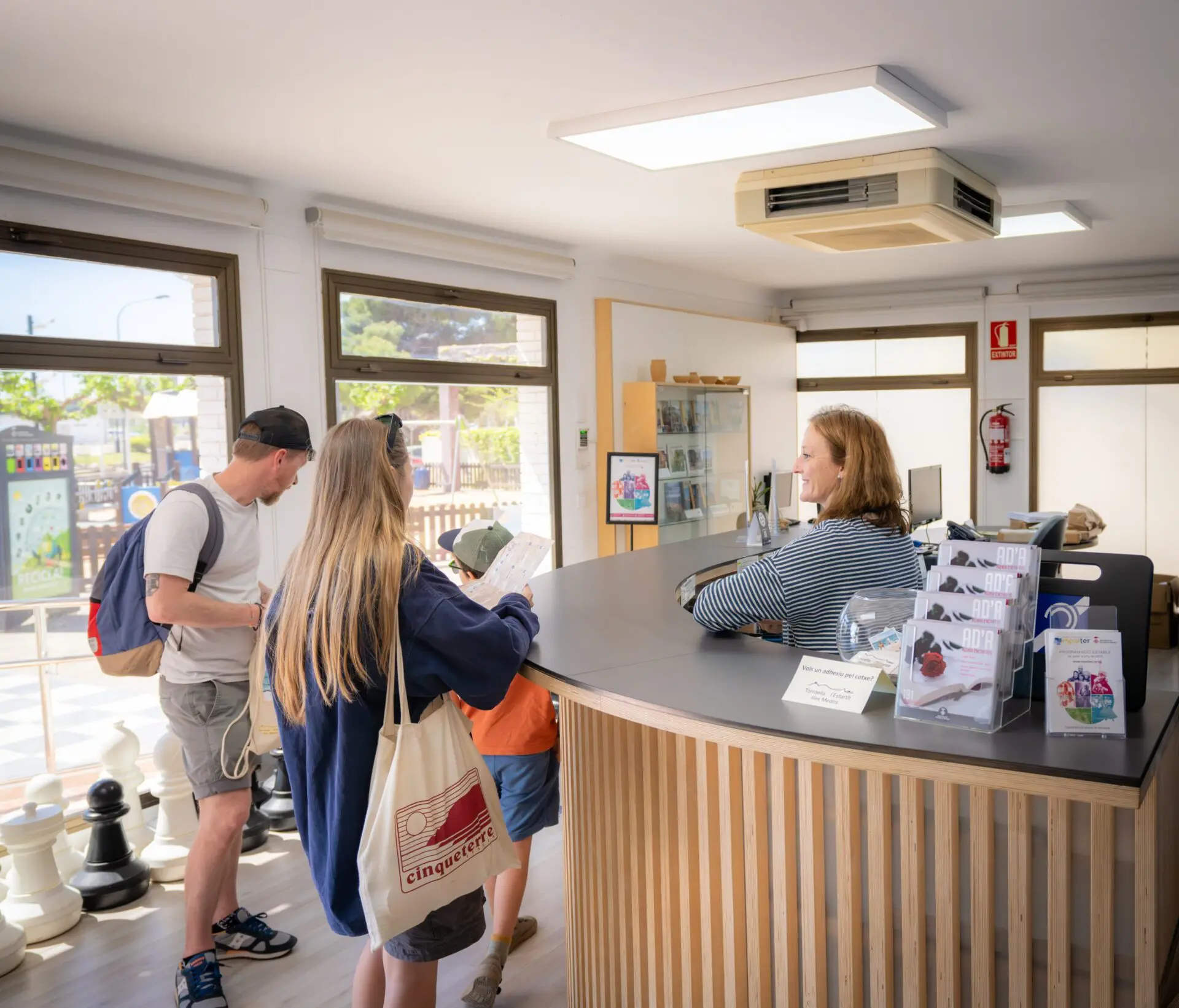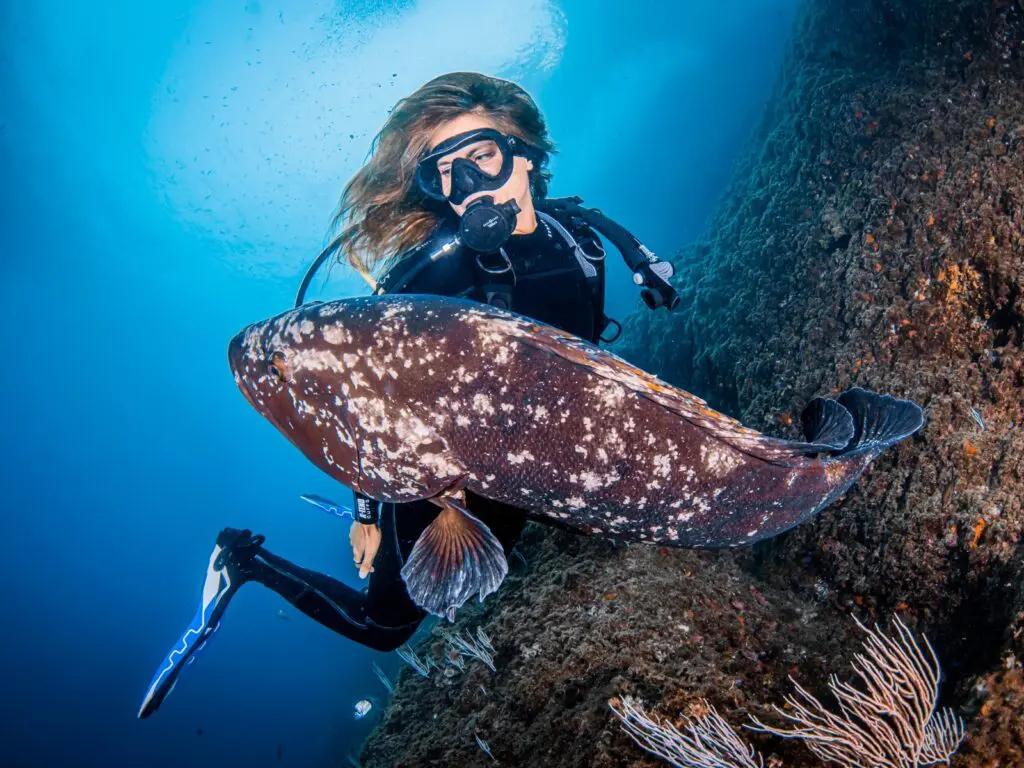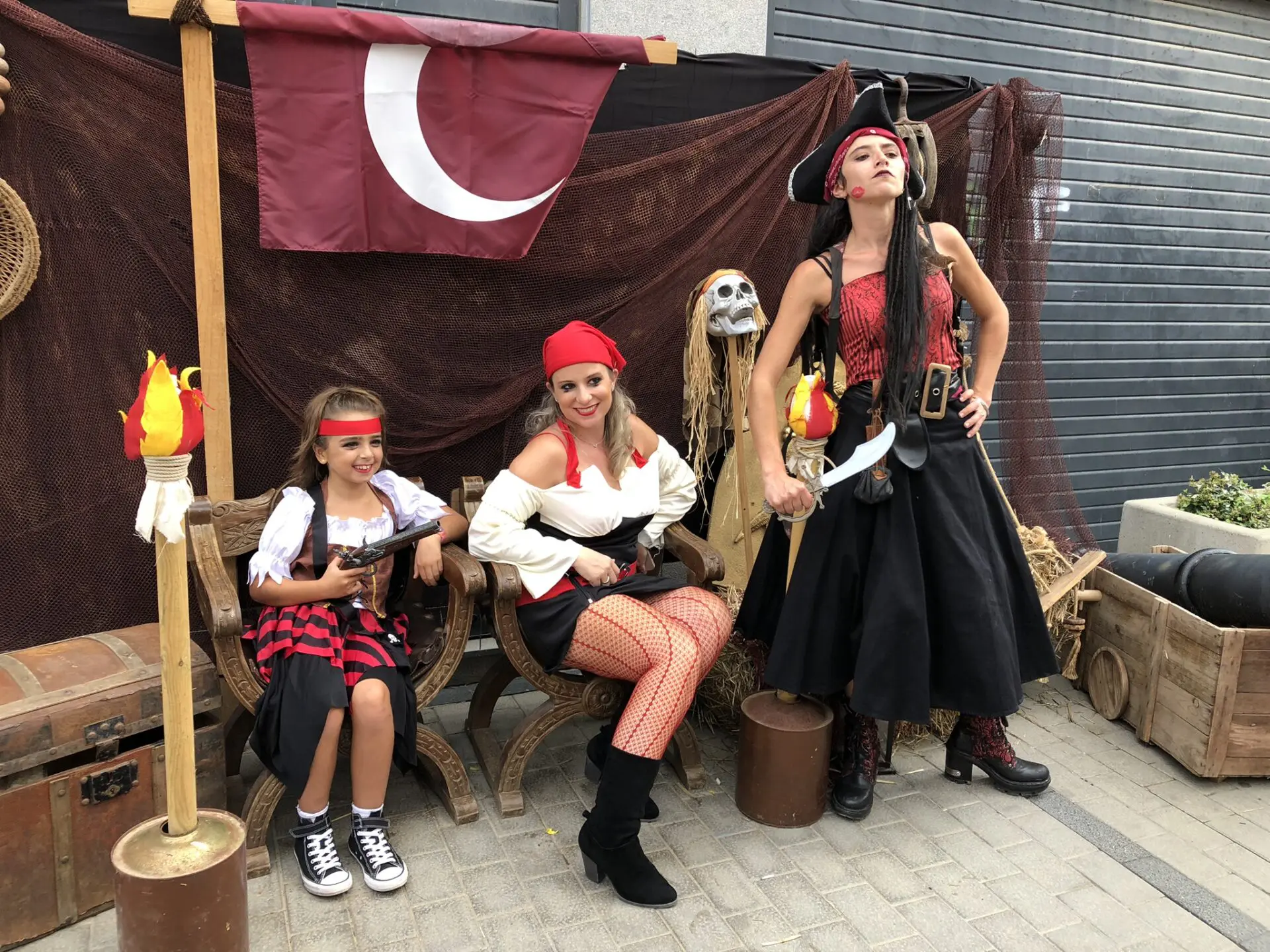14 mei 2020
26.07.2019
Biologist Boris Weitzmann, one of the promoters of the Sepia Project, was in charge of raising the Q flag for Tourist Quality on the Gran beach in l’Estartit this afternoon. With this symbolic action, the departments of Coastal Management and Beaches, and of Torroella-l’Estartit-Illes Medes Tourist Destination wanted to recognize the project’s contribution to improving biodiversity in the marine area of the Natural Park and to the image of the destination. They also want to thank and make visible its contribution to the commitment that the municipality has been making for sustainability for years. In addition to its biological purpose, in the last three seasons the project has installed cuttlefish nests in front of the coast of the municipality that can be visited by bathers. This is a structure made of mastic and pine branches, located within the marked bathing area, about 2-3 meters deep, which facilitates the laying of cuttlefish and squid eggs. The cuttlefish have become another attraction for bathers which, at the same time, promotes the Cuttlefish Project. In the framework of the project, last year, a cuttlefish gastronomic conference was promoted together with the municipality of l’Escala, an example of collaboration within the scope of the Natural Park.
Quality badge
This will be the ninth season that the Gran beach in l’Estartit will have the Q flag for Tourist Quality, an award that certifies the quality of the sand, water and its services. This distinction is granted by the Secretary of State for Tourism and managed by the Institute for Spanish Tourist Quality (ICTE), after passing strict quality controls and requirements. The mayor, Jordi Colomí, has assured that for a tourist destination like Torroella de Montgrí and l’Estartit it is essential to have the highest quality standards in all aspects of the offer and services in order to be competitive. In this sense, the beach becomes one of the fundamental pillars of the offer and the Q certification for Tourist Quality is the result of the good work that is being done by both the local administration and the private parties that also intervene. Regarding the Sepia project, he believes that it is a well-deserved recognition because it is a magnificent initiative that combines a scientific project and a resource for revitalizing the destination. The hoisting ceremony was attended by the president of the EMD, Francesc Ferrer; and the councilor for Tourist Destination, Dúnia Oliveras, in addition to technicians and managers of services linked to the beach.
Final stretch of the Sepia Project
The project was born in 2016 in L’Escala, promoted by biologist Boris Weitzmann and fisherman Isaac Moya, with the collaboration of the fishermen’s guild and the L’Escala City Council. The following year, the Torroella de Montgrí City Council, the Montgrí Natural Park, the Medes Islands and Baix Ter and the fishermen of L’Estartit joined. In this way, the scope of action was expanded to both the bays of Roses and Pals. It will end this year in its current format, but the promoters are confident that the territory will make it their own and can continue in a different way. The aim of the project was to encourage the reproduction of cephalopods, after observing that rivers were increasingly providing fewer branches, a common place where they lay their eggs, so that the number of eggs that cuttlefish and squid laid in the nets that fishermen had set had increased. These, once the nets were collected, were lost. The proposed solution was to install lines of branches attached to the seabed (cuttlefish) and involve fishermen, so that they collected the eggs from the nets and made them available to the project. These are placed in “incubators” next to the cuttlefish line and it is thus guaranteed that new specimens can be born. With these two systems it is estimated that the survival of a total of 511,683 cuttlefish and squid between the two bays has been guaranteed.

The L'Estartit Tourist Office has registered more than 26,000 visitors this summer

L'Estartit will host a new edition of the Spanish Underwater Photography and Video Championship

The Pirates and Corsairs return to L'Estartit with a bonfire night and a weekend full of cultural and recreational activities
Volg ons op de netwerken